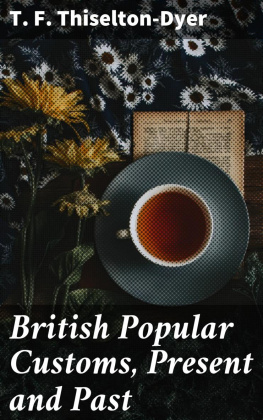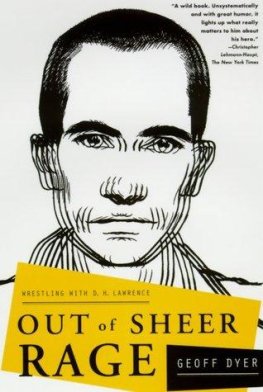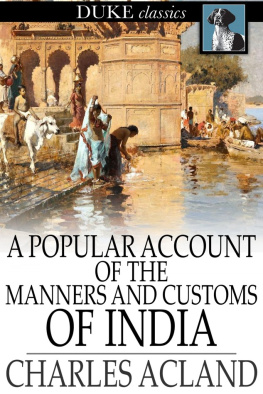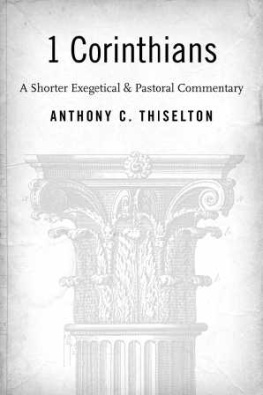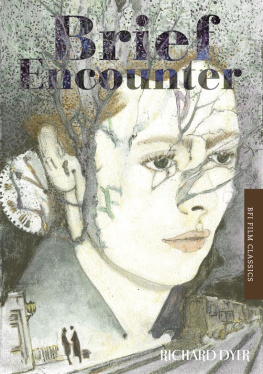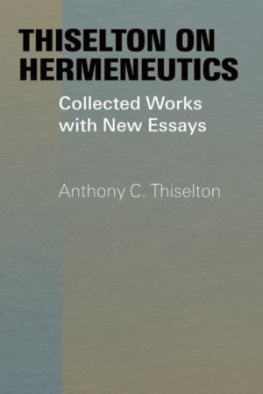Jan. 1. ] NEW YEARS DAY.
Jan. 1. ]
NEW YEARS DAY.
New Years Day has always been a time of general rejoicing and festivity, its observance being characterised by many a curious custom and superstitious practice. History tells us how on this day the Druids were accustomed, with much pomp and ceremony, to distribute branches of the sacred mistletoe amongst the people; those precious gifts having the night before been cut from the oak-tree in a forest dedicated to the gods. Among the Saxons of the northern nations the new year was ushered in by friendly gifts, and celebrated with such extraordinary festivity that people actually used to reckon their age by the numbers of annual merry-makings in which they had participated. Fosbroke, in his Encyclopdia of Antiquities, notices the continuation of the Roman practice of interchanging gifts during the middle and later ages; a custom which prevailed especially amongst our kings, queens, and the nobility. According to Matthew Paris, Henry III., following the discreditable example of some of the Roman emperors, even extorted them from his subjects.
In Rymers Fdera (vol. x. p. 387) a list is given of the gifts received by Henry VI. between Christmas Day and February 4th, 1428, consisting of sums of 40s., 20s., 13s. 4d., 10s., 6s. 8d., and 3s. 4d.
In the reign of Henry VII. the reception of the New Years gifts presented by the king and queen to each other and by their household and courtiers, was reduced to a solemn formula.
Agnes Strickland, in her Lives of the Queens of England (1864, vol. ii. p. 83), quotes the following extract from a MS. of Henry VII.s Norroy herald, in possession of Peter Le Neve, Esq.: On the day of the New Year, when the king came to his foot-sheet, his usher of his chamber-door said to him, Sire, here is a New Years gift coming from the queen; then the king replied, Let it come in. Then the kings usher let the queens messenger come within the yate (meaning the gate of the railing which surrounded the royal bed, instances of which are familiar to the public in the state bedrooms at Hampton Court to this day, and it is probable that the scene was very similar), Henry VII. sitting at the foot of the bed in his dressing-gown, the officers of his bed-chamber having turned the top sheet smoothly down to the foot of the bed when the royal personage rose. The queen, in like manner, sat at her foot-sheet, and received the kings New Years gift within the gate of her bed-railing. When this formal exchange of presents had taken place between the king and his consort, they received, seated in the same manner, the New Years gifts of their nobles. And, adds the herald, assuming the first person, I shall report to the queens grace and them that be about her, what rewards are to be given to them that bring her grace New Years gifts, for I trow they are not so good as those of the king.
Elizabeth of York.
There is in the possession of the Marquis of Bath, Longleat, a manuscript, which contains a list of moneys given to King Henry VIII. in the twenty-fourth year of his reign, as New Years gifts. They are from archbishops, bishops, noblemen, doctors, gentlemen, &c. The amount which the kings grace complacently pocketed on this occasion was 792l. 10s. 10d.N. &. Q. 4th S. vol. xi. p. 8.
Honest old Latimer, however, says Hone (Every Day Book, 1836, vol. i. p. 7), instead of presenting Henry VIII. with a purse of gold, put into the kings hand a New Testament, with a leaf conspicuously doubled down at Hebrews xiii. 4, which, on reference, will be found to have been worthy of all acceptation, though not, perhaps, well accepted.
A manuscript roll of the public revenue of the fifth year of Edward VI. has an entry of rewards given on New Years Day to the king, officers, and servants, amounting to 155l. 5s., and also of sums given to the servants of those who presented New Years gifts to the king.
During the reign of Queen Elizabeth, the custom of presenting New Years gifts to the sovereign was carried to an extravagant height. Indeed, Dr. Drake is of opinion that the wardrobe and jewelry of Queen Elizabeth were principally supported by these annual contributions on New Years Day. He cites lists of New Years gifts presented to her from the original rolls published in her progresses by Mr. Nichols; and from these it appears that the presents were made by the great officers of state, peers and peeresses, bishops, knights and their ladies, gentlemen and gentlewomen, physicians and apothecaries, and others of lower grade, down to her Majestys dustman. The presents consisted of sums of money, costly articles of ornament for the queens person or apartments, caskets studded with precious stones, valuable necklaces, bracelets, gowns, embroidered mantles, smocks, petticoats, looking-glasses, fans, silk stockings, and a great variety of other articles. The largest sum given by any of the temporal lords was 20l.; but the Archbishop of Canterbury gave 40l., the Archbishop of York 30l., and the other spiritual lords, 20l. and 10l. Dr. Drake says, that although Elizabeth made returns to the New Years gifts, in plate and other articles, yet she nevertheless took sufficient care that the balance should be in her own favour.
In the reign of James I. the money gifts seem to have been continued for some time, but the ornamental articles presented seem to have been few and of small value. No rolls, nor, indeed, any notices of New Years gifts presented to Charles I. seem to have been preserved, though probably there were such. The custom, no doubt, ceased entirely during the Commonwealth, and was never afterwards revived, at least, to any extent worthy of notice. Mr. Nichols mentions that the last remains of the custom at court consisted in placing a crown-piece under the plate of each of the chaplains in waiting on New Years Day, and that this custom had ceased early in the nineteenth century.
The New Years gifts, says Chambers (

